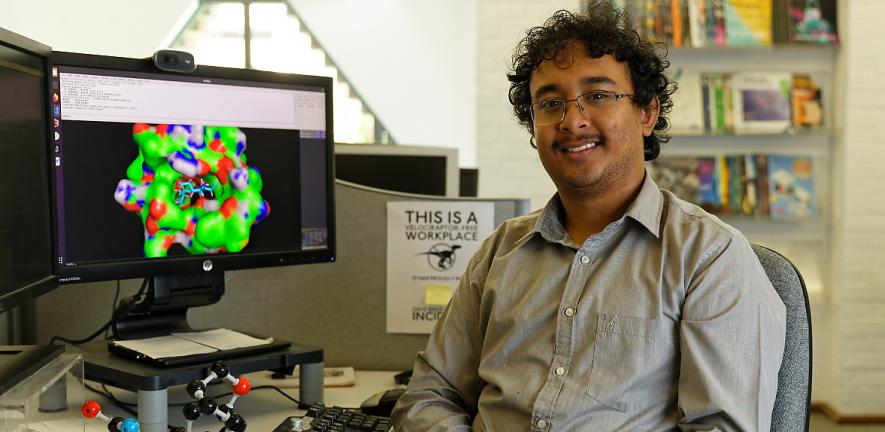
In a landmark move that aligns with the US Food and Drug Administration’s (FDA) plans to phase out animal testing, more than 30 leading scientists from the pharmaceutical, regulatory, academic and artificial intelligence sectors have come together to publish a strategic framework for applying machine learning (ML) to chemical toxicity prediction.
Published in ACS Chemical Research in Toxicology, the comprehensive review, titled “Machine Learning for Toxicity Prediction Using Chemical Structures: Pillars for Success in the Real World”, outlines five key pillars for the successful and responsible use of AI in toxicity assessment—an essential step toward replacing traditional animal-based methods.
The authorship spans a broad and influential cross-sector collaboration, including experts from major pharmaceutical companies such as GlaxoSmithKline (GSK), Novartis, Eli Lilly & Company, Merck Inc., AstraZeneca, Bayer Crop Science, Pfizer, Recursion, Novo Nordisk, Sanofi, and Relay Therapeutics. It also includes government scientists from the US National Institute of Environmental Health Sciences (NIEHS) and academic leaders from institutions including the University of Cambridge and the Broad Institute of MIT and Harvard.
Lead author Dr Srijit Seal emphasises the practical orientation of the review:
“This paper is a practical guide to actually using AI in decision-making—how to choose the right data, the right models, validate them properly, and apply them to real-world scenarios like compound deselection or risk assessment.”
The Five Pillars of ML-Driven Toxicology:
- Dataset Selection – Prioritising biologically relevant, high-quality data linked to the specific toxicity endpoint.
- Structural Representations – Ensuring chemical and biological features are preserved and interpretable.
- Model Algorithm – Selecting model types appropriate for the complexity and scale of the dataset.
- Model Validation – Employing robust retrospective and prospective validation to define the model’s applicability domain.
- Translation to Decision-Making – Integrating predictive models into workflows to inform real-world decisions in drug development and safety.
As global regulatory bodies shift towards scalable, human-relevant alternatives to animal testing, this publication sets the groundwork for responsible and impactful AI deployment in toxicology.
Read the full publication here.

